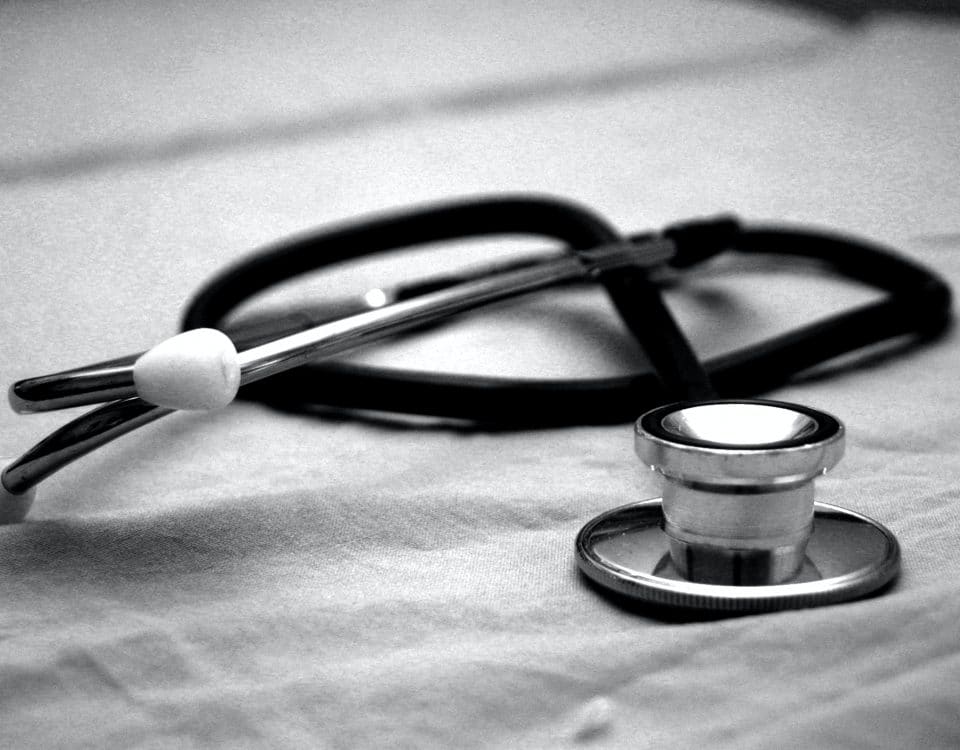- Serving all of South Florida: Broward 954-670-7105 Palm Beach 561-454-9727 and Okeechobee 863-212-4910
The Four Ds Of Medical Negligence Explained

Personal Injury Protection is Here to Stay
July 13, 2021
What Qualifies As Wrongful Death?
July 22, 2021Medical negligence is defined as an act, or failure to act, by a medical professional that deviates from the accepted medical standard of care; this is at the core of the four Ds. Doctors and other medical care providers have a sworn responsibility to their patients to “do no harm”, it is part of the medical oath that they take when completing medical school. However, negligence refers specifically to acts that not taken, or neglected, and are a piece of the puzzle when it comes to filing a medical malpractice suit.
The Four Ds of Medical Negligence
The four Ds of medical negligence make up the four elements that must be proven in order for malpractice to have occurred.
1. Duty
The first of the four Ds refers to duty, or more specifically, the duty of care. Medical providers have a duty of care to their patients, meaning that they have the duty or responsibility to care for that person because the doctor-patient relationship has been established. This is not to say that every doctor owes every person this duty of care. An example of this is a doctor or medical provider being in a movie theater on their personal time to see a movie, and a random person in the theater begins choking on popcorn, that doctor does not have a duty of care to that person because no relationship has been established.
2. Dereliction
The second “D” is dereliction, which refers to the failure of a doctor to meet the duty of care. Dereliction can also be referred to as a “breach of duty”. Essentially if dereliction has occurred then the medical professional in the situation has not provided the care that a patient needed and should be able to expect from a competent physician. Medical negligence can sometimes become difficult to prove for patients specifically surrounding dereliction. This is because oftentimes the medical professional in question will need the testimony of another physician to state that they did not provide meet the duty of care and other physicians don’t want to criticize the decision-making of their peers.
3. Direct Causation
Our third “D” stands for direct causation. Direct causation is the proof that the acts, or negligence of not performing certain acts, directly caused the damages the patient experienced. Any medical negligence claim will have to be able to prove that the medical professional is the direct cause of harm to the patient, without this the case will undoubtedly lose.
4. Damages
The fourth and final “D” on our list are damages. The patient in question has to prove that damages, or harm, occurred and that they are experiencing hardship, pain, injury, or even death due to the medical provider’s negligence. This might sound obvious, however, it is important to note that medical negligence can occur without damages. An example of this would be a driver on the road consuming alcohol and getting behind the wheel, but still making it to their destination without hurting anyone. Negligence has absolutely occurred, but since there is no proof of damages there can be no lawsuit. The same applies with medical negligence.
These are the four Ds of medical negligence, and combined together these four components are necessary for a patient to be able to win a medical malpractice lawsuit.


